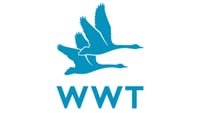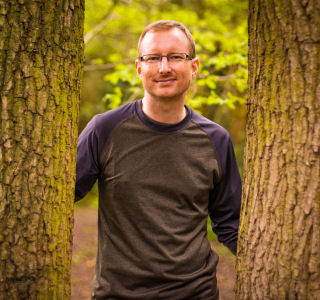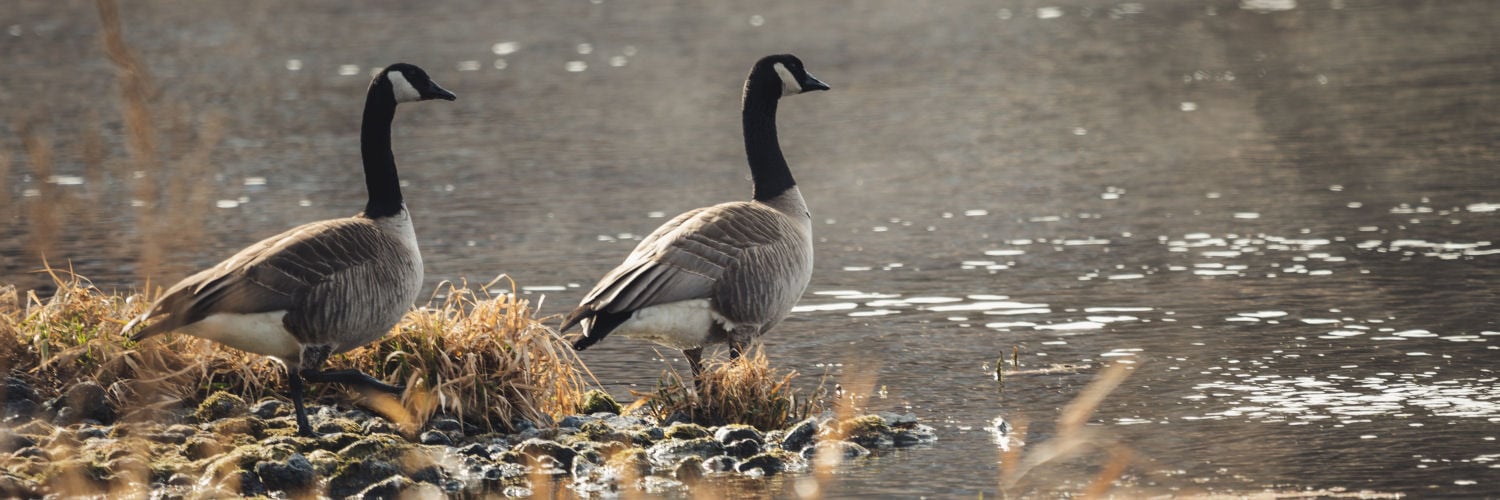
Mark Stead, Head of Learning, Wildfowl and Wetlands Trust (WWT)
As I sit here looking out of my window at the first signs of spring, I wonder what it will be like for my six-year old son Danny when he does the same at my age (in 30 years time… oh ok, 40 years time!). It brings a tear to my eye to think that the natural world he loves so much might be heavily depleted. He spent last night helping toads and frogs to cross the road on their way to their breeding ponds that lie just beyond the bottom of our garden. Will these ponds still be there in forty years time I wonder and, if so, what state will they be in?

The answer is intrinsically linked to the way we view nature. At the moment, the majority view sees nature as something that is there for human benefit. Something to be tamed and controlled. Something to be exploited for profit. Many see humans as superior to nature. We have become disconnected from the natural world - we no longer feel part of it. It’s much easier to destroy something that is separate to yourself. Much more difficult if you feel part of that which you are destroying.
But I don’t say this with a sense of dread, I say it with a sense of hope. We’ve identified the problem, so we can develop the solution. If the problem is that people have become disconnected from nature then let’s reconnect them. Let’s give them that same sense of awe and wonder that many of us experienced as children (and in many cases continue to feel today).
This is where my views have changed over recent years. I used to think that if we could just get people to learn about nature and understand the problems it is facing, they would take action to protect it. But if this is the case, why are we still in such a mess?
I think the answer is that we haven’t effectively connected people with nature on an emotional level. We have assumed that if we sit people down with a textbook and teach them about plants and animals, they will want to protect them.
But how many of us have developed a love and care for nature as a result of sitting in a classroom? Have a think about the experiences that have led to you caring about nature. Was it that sense of awe and wonder when you picked up an insect for the first time and felt its tiny feet moving across your hand? Was it the unrivalled beauty of a sunset? Or a quiet moment sat by a stream, giving you a sense of calm and time to reflect?
Whatever it was, the chances are that you connected with nature on an emotional level. It’s not what we know that leads us to love nature, it’s what we feel. If we want people to care about nature, it’s not enough just to teach them about it. We need them to experience it for themselves; see it, feel it, hear it, smell it and taste it. Ultimately, we need them to feel part of it.
I work for the Wildfowl and Wetlands Trust and I was first inspired as a child by a visit to Slimbridge Wetland Centre where I met our founder Sir Peter Scott. From the very beginning, he recognised the importance of connecting people with nature. That’s what our wetland centres are all about.
That’s where I think the natural history GCSE has great potential. Here we can take young people out into nature and allow them to experience its beauty and wonder. They can get away from the confines of the classroom and learn not from a textbook but from nature itself. Rather than learning about nature, we can facilitate them learning through nature.
We also have an opportunity to meld the arts and the sciences. Of course, we want pupils to learn the science behind natural history. Indeed, here is another great chance to show how humans and the rest of the natural world are interconnected through both evolution and ecology. But we also have the opportunity to show how people experience the natural world through the arts whether that be painting, photography, writing, drama or mindfulness.
By looking at how humans interact with the rest of nature, there are huge opportunities to link the social and ‘hard’ sciences. This could be a subject that is very much about links and connections. Connections between humans and the rest of nature; connections between elements within nature; connections between school subjects.
So what do I hope my little boy sees when he looks out of the window in forty years time? I hope he sees a group of GCSE Natural History students out on their studies. They’ll have smiles on their faces and a spring in their step as they walk past a series of ponds full of life. Ponds that are still there because people have stood up and protected them, because they’ve felt a genuine emotional connection with nature.
Mark Stead
Mark is Head of Learning at the Wildfowl and Wetlands Trust, the UK’s leading wetland conservation charity. He was first inspired by a trip to Slimbridge Wetland Centre as a child where he met the Trust’s founder Sir Peter Scott. For the last 25 years, he has worked to continue Sir Peter’s legacy, first as a primary and special needs teacher and then working for a range of environmental organisations. His passion is sharing the wonder of nature with others, especially those from disadvantaged backgrounds.
Keep up to date with our proposed GCSE in Natural History and other Cambridge OCR Natural History news by signing up our email newsletter and updates. You can read back issues of our Natural History newsletter here.

